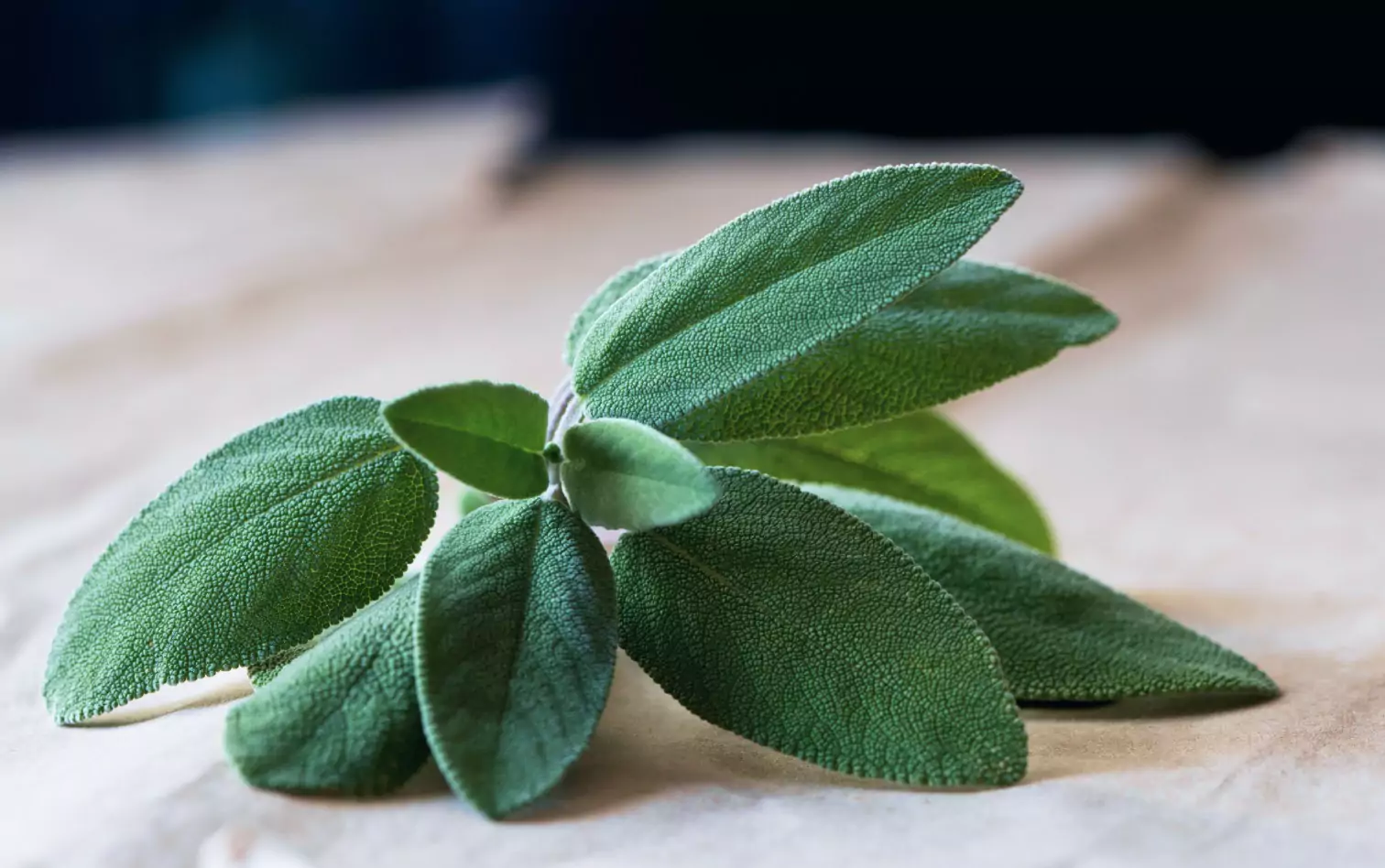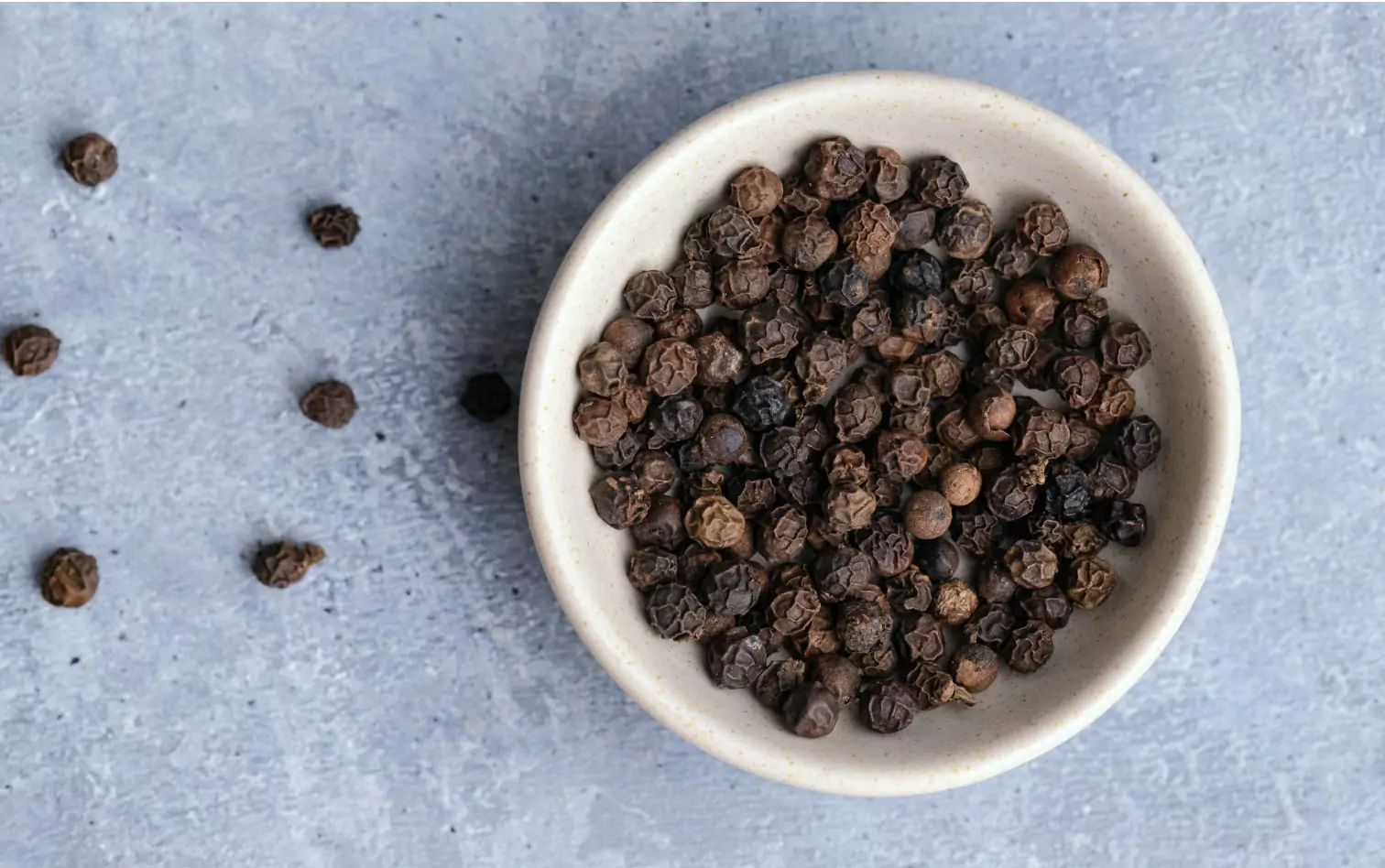The Health Benefits of Cooking With Herbs and Spices

Key Takeways
Herbs and spices have a long and interesting history, from the parsley crowns of ancient Greece to the Ayurvedic concoctions of the Indian subcontinent. They've preserved Egyptian mummies, been used for medicinal purposes, and as a burst of flavor in various foods.
Besides adding flavor to food, many herbs and spices contain active plant compounds that have medicinal properties. As excellent sources of antioxidants, they have a range of potential health benefits. Because antioxidants neutralize free radicals, they're a great way to boost overall health. It means the antioxidant properties of herbs may help with everything from weight loss and heart health to high blood pressure and type 2 diabetes.
What You Should Know about Herbs and Spices
From cilantro and fennel to cardamom and cumin, herbs and spices are in every dish you consume. Even if you're not a fan of spicy food, you're likely using popular spices without even realizing it. After all, a seasoning like pepper counts as a spice too!
Many culinary herbs and spices originated in Asia and Africa, which is why you probably associate them with foods from this region. But, what exactly are they? Herbs are the leaves of plants and can be consumed either fresh or dried. When herbs are dried, they're called spices. Some spices come from plant bark or roots. Herbs like peppermint, sage, and parsley are derived from the leaves of plants, while spices like cinnamon, turmeric, and ginger come from the bark and roots of plants.
Research on the potential health benefits of herbs and spices is promising, so it's a good idea to add them to your diet! Here's a starter list of a few of our favorite herbs and spices to add to your pantry:
Oregano

Native to Europe, the Mediterranean, and Asia, oregano is a highly versatile herb. It can be eaten fresh, dried, added to your dishes as a garnish, or even pressed into herb oil. Oregano is packed with the antioxidants responsible for fighting free radicals. A free radical build-up has links to chronic illness development.
- There is some research that shows oregano oil may have antibacterial and antifungal properties.
- The two most prevalent antioxidants found in oregano are carvacrol and thymol. Carvacrol and thymol can both reduce viral symptoms. Carvacrol also contains anti-inflammatory properties.
- The anti-inflammatory properties in oregano may help reduce the development of diabetes, heart conditions, and autoimmune disorders.
Apart from its excellent health benefits, oregano is also a tasty addition to sauces, salads, salad dressings, meat seasonings, soups, and stews!
Sage

Native to the Mediterranean region, sage is part of the mint family. It's rich in flavor and full of vitamins and antioxidants.
- Sage contains high amounts of vitamins K, A, E, and C.
- Studies show that tea made from sage raises antioxidants and lowers bad cholesterol.
- Sage also has anti-microbial effects and has been used throughout session history to improve oral health. This study evaluated the effect of sage oil mouthwash and dental plaque and found that there was a reduction in colony count of streptococcus mutans bacteria.
- Sage has also been studied as a treatment for diabetes and linked to lowering blood sugar and improving insulin sensitivity.
The culinary herb is an excellent addition to food but can also be added to extracts and teas. Try adding it to roasts, vegetables, soups, and herb butter.
Cinnamon

This Asian spice, which comes from the inside of tree bark, is native to Sri Lanka and Myanmar but cultivated worldwide, including in Vietnam, South America, and the West Indies. Discovered by the Portuguese around the 16th century, it was once a rare and valuable spice. Now available in stick and powder form, it contains many antioxidants. It also has anti-inflammatory properties that may improve insulin resistance.
- Cinnamon is rich in the antioxidant polyphenol.
- Studies have shown that cinnamon has powerful anti-inflammatory properties linked to lowering your risk of developing chronic diseases.
- Studies have shown that cinnamon increases insulin sensitivity in participants. Cinnamon can improve some symptoms of diabetes.
- Cinnamon also contains anti-microbial properties and may improve oral health.
Cinnamon is a delicious, sweet spice that you can add to savory dishes and desserts. If you want to add more cinnamon into your diet, you can even sprinkle some on your morning coffee for a boost in flavor and nutrients.
Peppermint

Peppermint is a part of the mint family. It may have originated in Northern Africa and the Mediterranean and is the result of interbreeding between watermint and spearmint plants.
- Peppermint contains anti-microbial properties and may help prevent bad breath and improve oral hygiene.
- Peppermint is great for your digestion. It has been shown to reduce gas, indigestion, and bloating. It's may also reduce symptoms of nausea.
- Peppermint is also a muscle relaxant and may aid in pain relief and tension. Studies have shown that peppermint may help relieve migraine symptoms.
Peppermint is not only delicious but has a delightful scent. You can consume it as a fresh herb or in teas, and it is also commonly used as an essential oil to rub into your skin or put in a diffuser.
Rosemary

Another Mediterranean herb, rosemary grows as a shrub and is part of the Evergreen family. It can be added to food in fresh or dried form and is also a popular ingredient in herbal teas.
- Rosemary is high in the several minerals including magnesium, rosemary is high in several minerals including magnesium, manganese, and potassium as well as several vitamins such vitamin A (beta-carotene), vitamin C and vitamin B6.
- Rosemary leaves have anti-microbial properties and antibacterial effects that have been useful in traditional medicine.
- Studies have found that rosemary contains acids that may have properties that slow tumor growth. They may slow the progression of breast and prostate cancer tumors and leukemia.
Rosemary is popular in spice blends, savory dishes, and holiday dishes. You can also use it in essential oils and put in diffusers for its delightful scent.
Ginger

Ginger is a plant that originates in southeast Asia—the spice comes from the root of this plant. You can use it fresh, powdered, or as an oil—some people even juice ginger for its medicinal properties.
- Ginger is most commonly known for its anti-nausea properties. It can help prevent nausea when you're sick or pregnant and can even help relieve chemotherapy-related nausea.
- Ginger may lower blood sugar levels. There have not been a lot of official studies conducted on the link between ginger and blood sugar levels. Still, this new area of study is promising.
- The anti-inflammatory antioxidants and compounds found in ginger can help protect your brain function as you age and may (according to a few animal studies) help prevent the development of Alzheimer's disease.
You can find ginger in almost every dish popular in Southeast Asian cuisine. There are many ways to enjoy this delicious spice, including teas and juices.
Black Pepper

Who doesn't have black pepper in the pantry? It's such a popular seasoning that it's typical to find it in salt and pepper shakers on dinner tables across the world. Black pepper is native to India and derived from berries.
- Black pepper is full of antioxidants that can protect you from the damaging effects of pollution. The antioxidant that black pepper contains the most is called piperine.
- Black pepper has been found to improve blood sugar levels, and may help with blood sugar control.
- Black pepper may increase nutrient absorption levels. It also has links with nutrient absorption levels.
Turmeric

Turmeric is derived from a root—the Southeast Asian spice adds that bright yellow color to curries. It's been used medicinally and in Indian cuisine for thousands of years.
- Turmeric contains a compound called curcumin, rich in anti-inflammatory properties and antioxidants. It's why it's such a popular anti-inflammatory supplement.
- Studies show that curcumin, found in turmeric, may act as an antidepressant.
- The consumption of curcumin has been studied alongside cancer treatments. Findings show that it may affect the growth of cancerous cells. There is also evidence that curcumin may be cancer preventive.
Turmeric may be used as a raw route in cooking, a powder, and juiced for its nutrient properties. It is delicious and adds beautiful color to your plate, but beware—the color can stain your hands and your kitchen!
Find the right Nutrisense programto turn insight into progress.
Go Beyond Glucose Data with Nutrisense
Your glucose can significantly impact how your body feels and functions. That’s why stable levels are an important factor in supporting overall wellbeing. But viewing glucose isn't enough. Nutrisense, you’ll be able to learn how to use your body's data to make informed lifestyle choices that support healthy living.
One-to-one coaching
Sign up to access insurance-covered video calls to work with a glucose expert: a personal registered dietitian or certified nutritionist who will help tailor your lifestyle and diet to your goals.
Monitor and measure what matters
With the Nutrisense CGM Program, you can monitor your glucose with health tech like glucose biosensors and continuous glucose monitor (CGM)s, and analyze the trends over time with the Nutrisense App. This will help you make the most informed choices about the foods you consume and their impact on your health.
Find your best fit
Ready to take the first step? Start with our quiz to find the right Nutrisense program to help you take control.

Katie is a dietitian at Nutrisense. With over 11 years of experience as a dietitian in many areas of nutrition, Katie has worked as a clinical dietitian within a hospital, as well as in the fields of diabetes, sports and performance nutrition, recovery from addiction, and general wellness. She’s also an athlete and has run 8 marathons, including the Boston Marathon.




